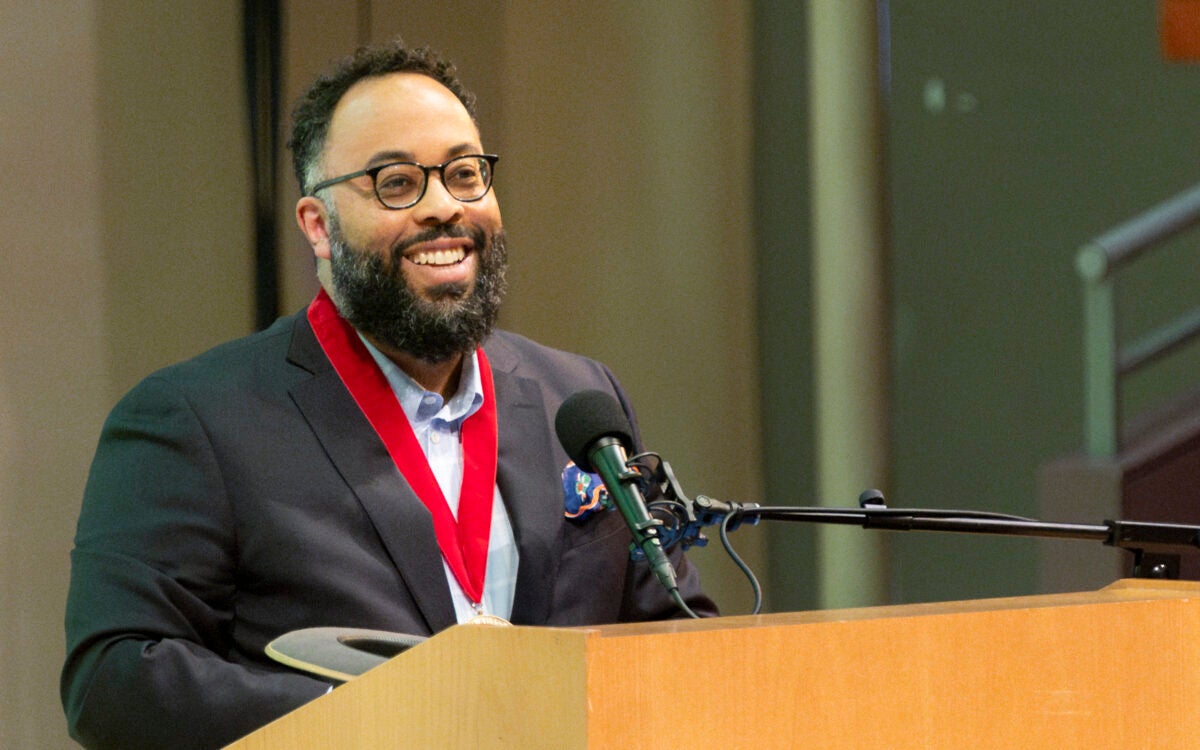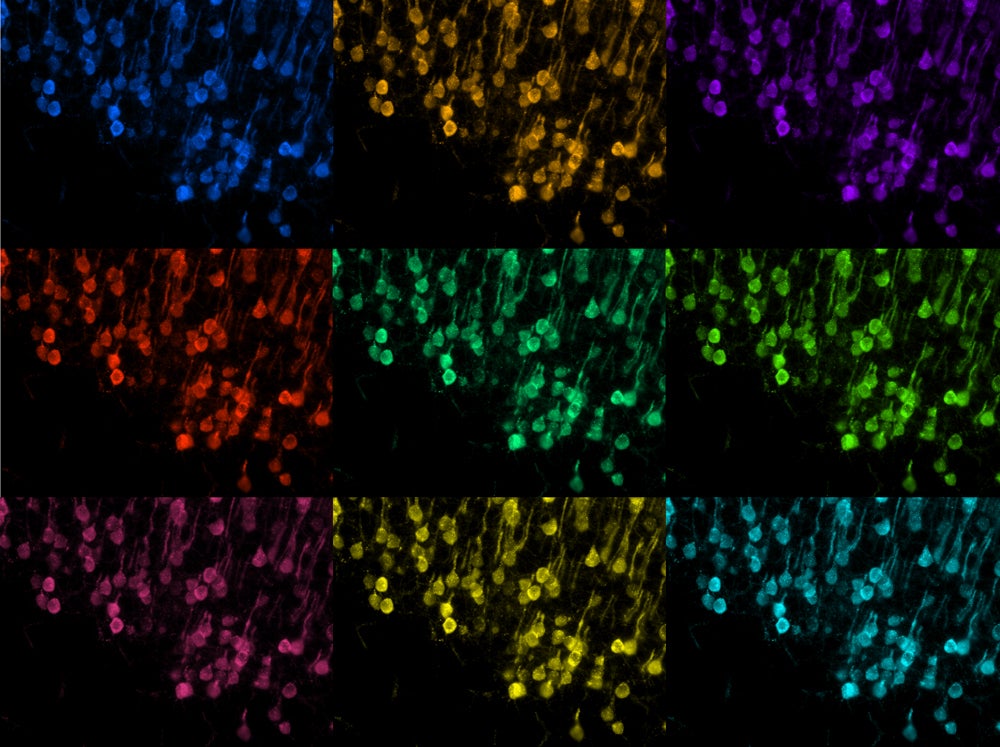Researchers from Harvard will be part of an ambitious new initiative to develop a better understanding of the brain. Neuroscientists have dreamed for years of understanding the role that each individual brain cells plays, and how the cells differ, connect and function. But the number of cells has been simply too massive to study or map all of them on an individual level.
Now, thanks to advances in technology, the neuroscientists’ dream is closer to being realized than ever before. In a project of unprecedented scale, the National Institutes of Health has awarded an international consortium of laboratories $64.7 million over the next five years to begin to build a detailed mouse brain atlas that will catalog and map the cells in a mouse brain. The project aims to identify all of the different cell types in the brain, determine what set of genes each type uses, and map their physical locations.
In addition, the consortium will examine the forebrain, the part of the brain involved in most forms of cognition, emotion, and sensorimotor processing, in more detail, aiming to also determine the size and shape of each of the major types of neuron, and trace the connections they make to other regions of the brain. Part of the NIH Brain Research through Advancing Innovative Neurotechnologies (BRAIN) Initiative, this project complements efforts by other BRAIN Initiative consortia to map the brains of humans and non-human primates.
The mouse brain cell atlas project is led by Paola Arlotta, Harvard Department of Stem Cell and Regenerative Biology and the Eli & Edythe Broad Institute of MIT and Harvard, and Josh Huang, Cold Spring Harbor Laboratory, and it brings together a diverse array of co-investigators from many institutions.
A comprehensive catalog of the different types of brain cells, mapped to their physical locations in the brain, will ultimately improve researchers’ understanding of how the brain develops, connects and works—and what can go wrong with it in disease.
“In order to solve medical problems, you really need this foundational knowledge of what cell types there are, where in the brain they are, and where they connect to,” Arlotta says. “And much of this information has been missing in the field, because we were not able, technology-wise, to gather it across the whole brain.”
The labs will use several cutting edge techniques to build molecular profiles of each cell. Then they will match these profiles to a “brain atlas,” a 3D virtual map of the brain, connecting each cell’s molecular level data to a physical location.
A wide variety of research projects will be facilitated by the atlas, from basic neuroscience to disease modeling.
The grant reported in this publication was awarded by the National Institute Of Mental Health of the National Institutes of Health under Award Number U19MH114821.
—Written by Greta Friar





